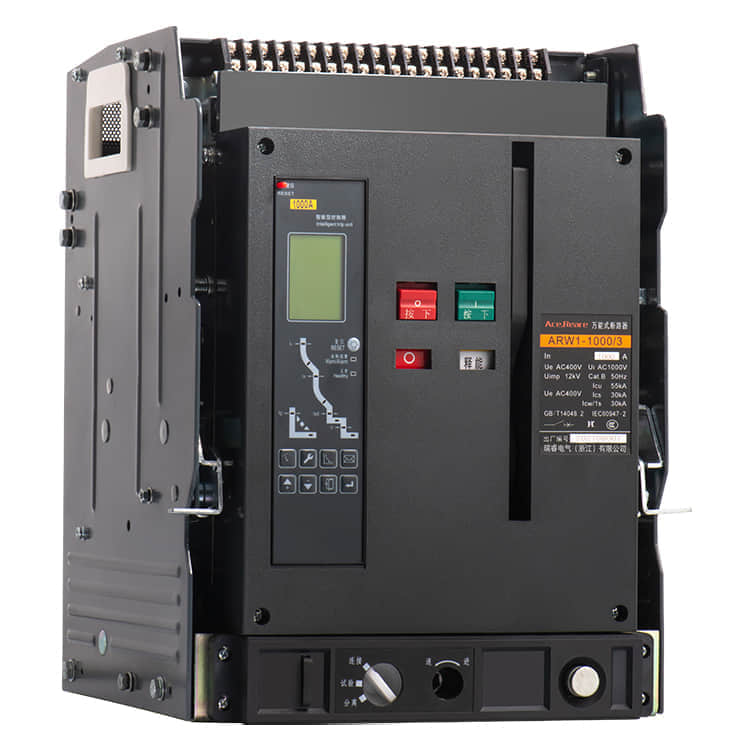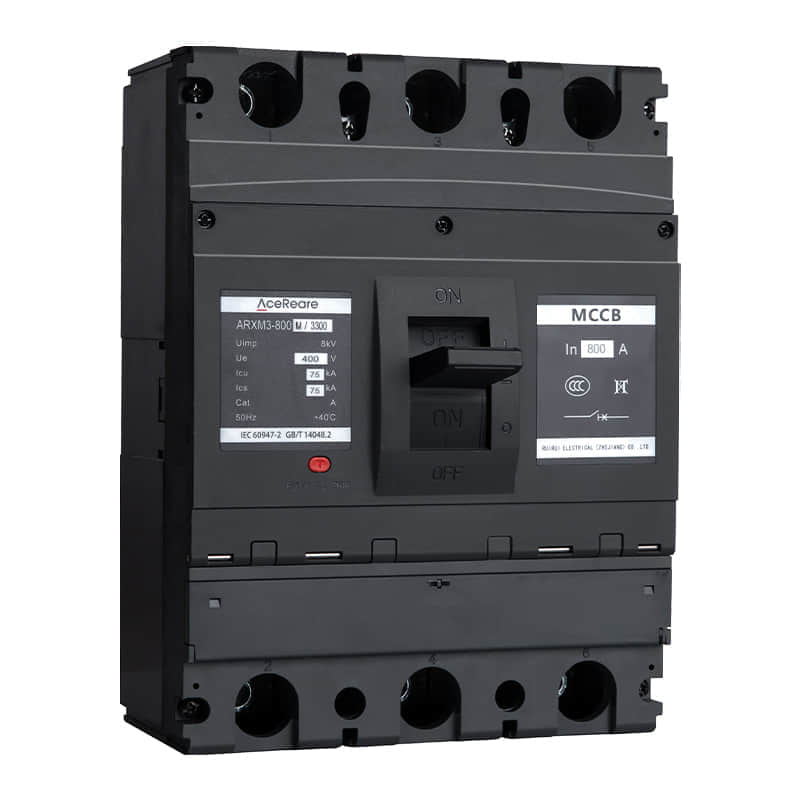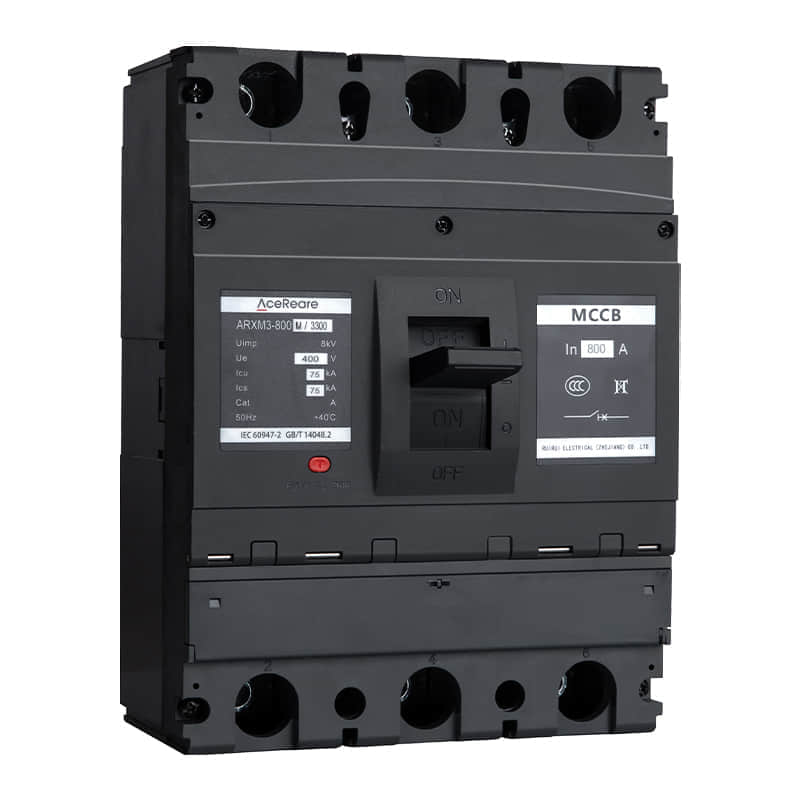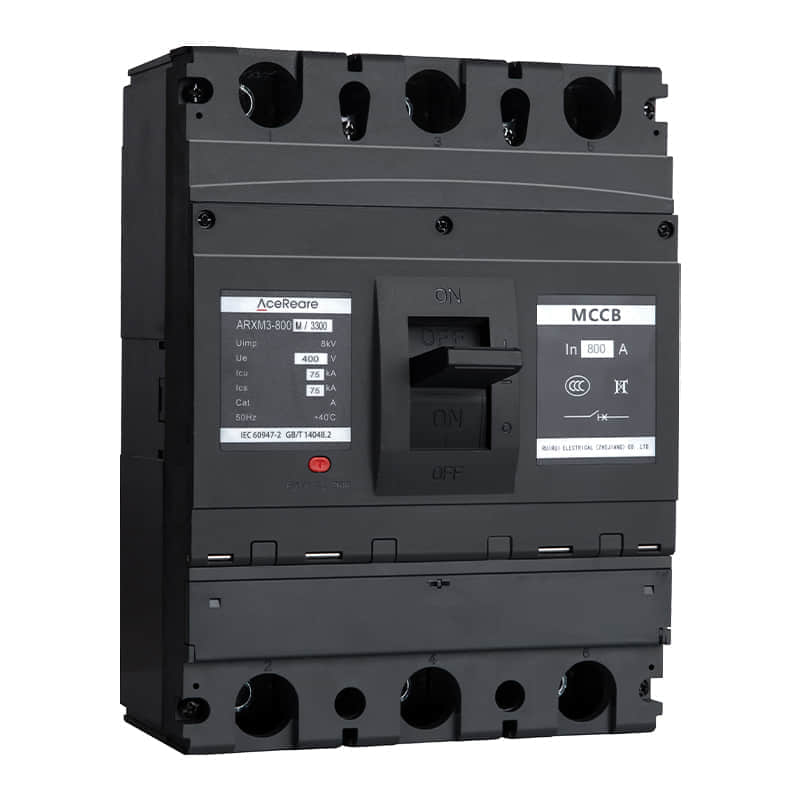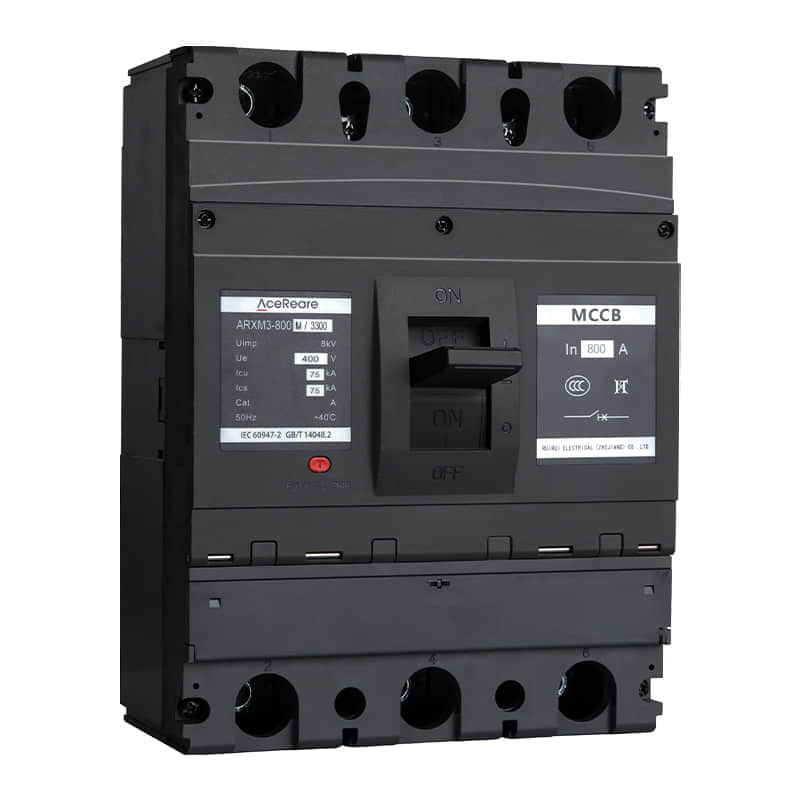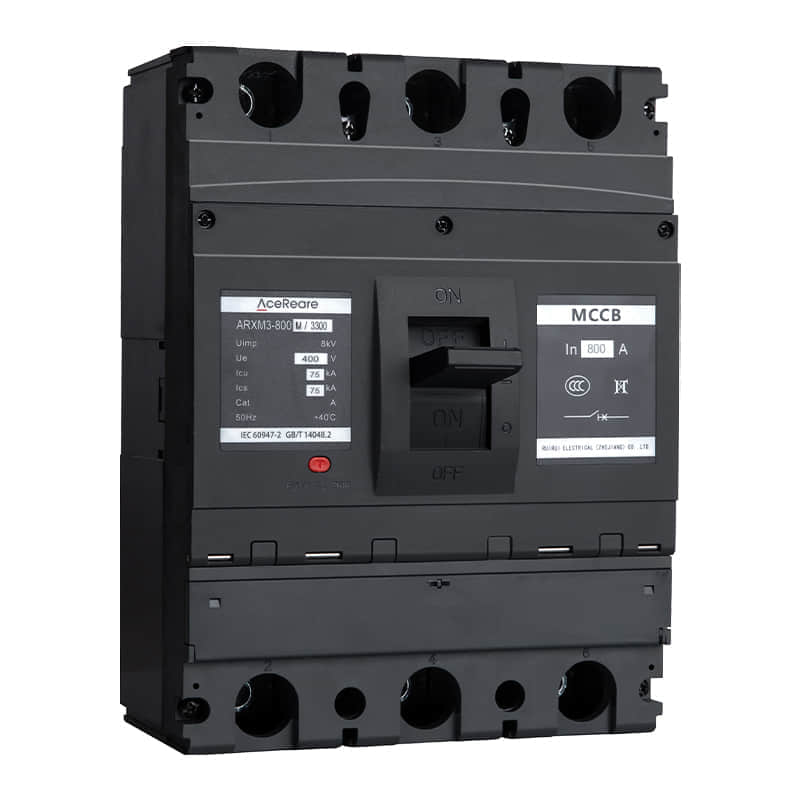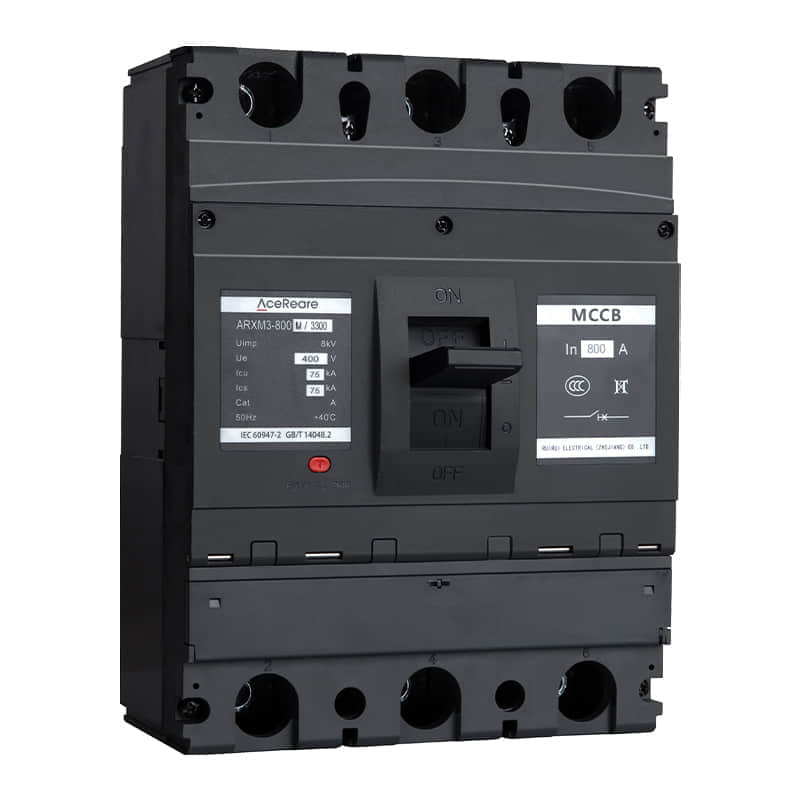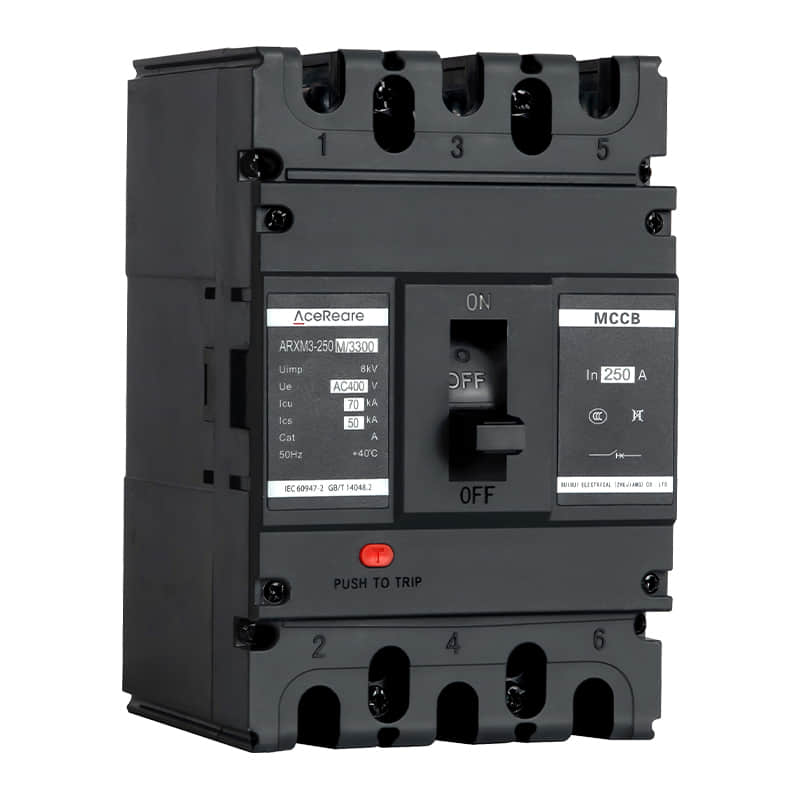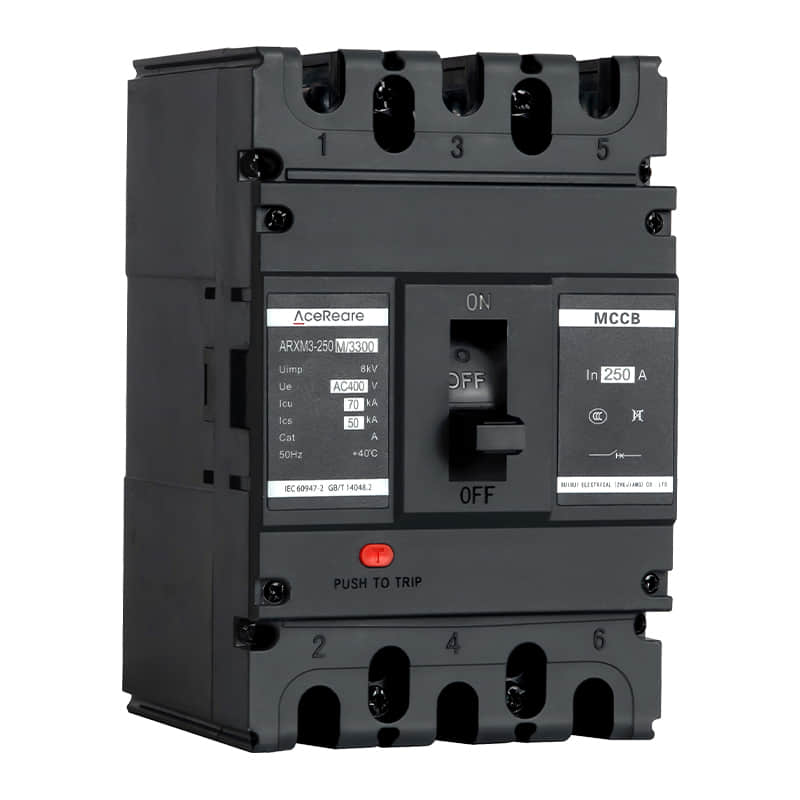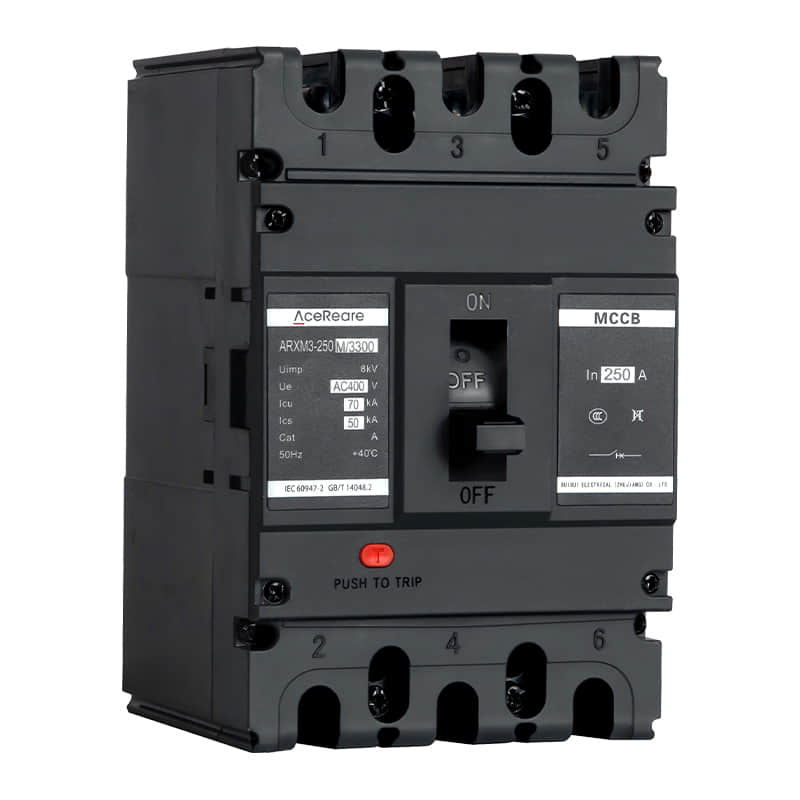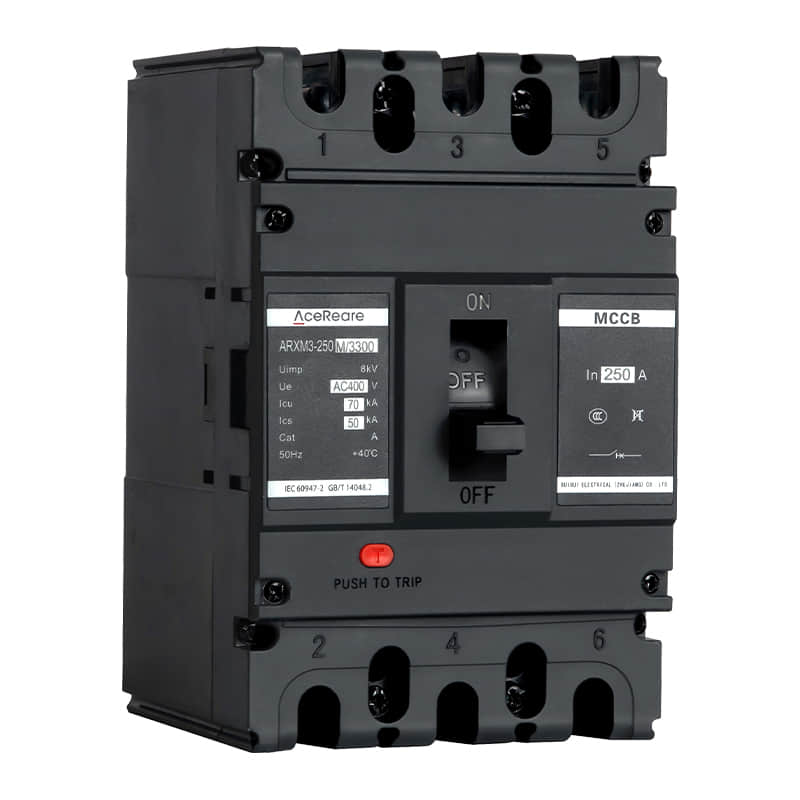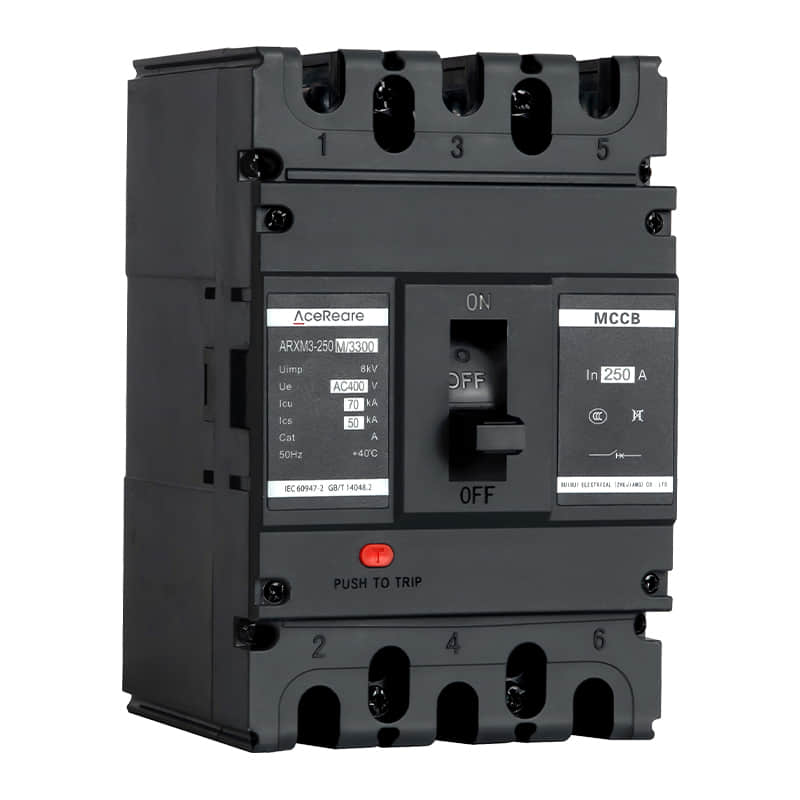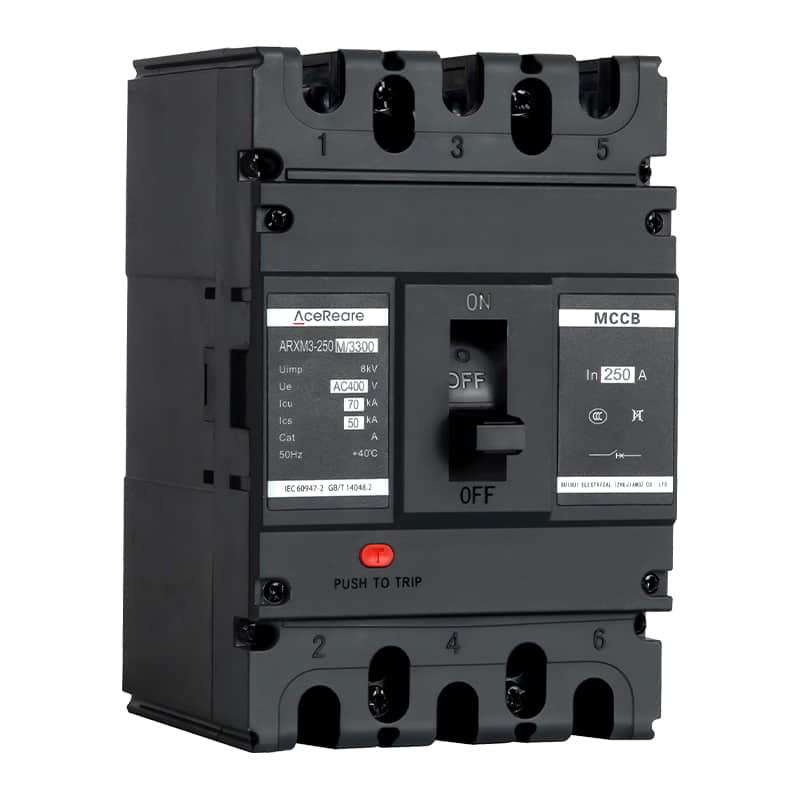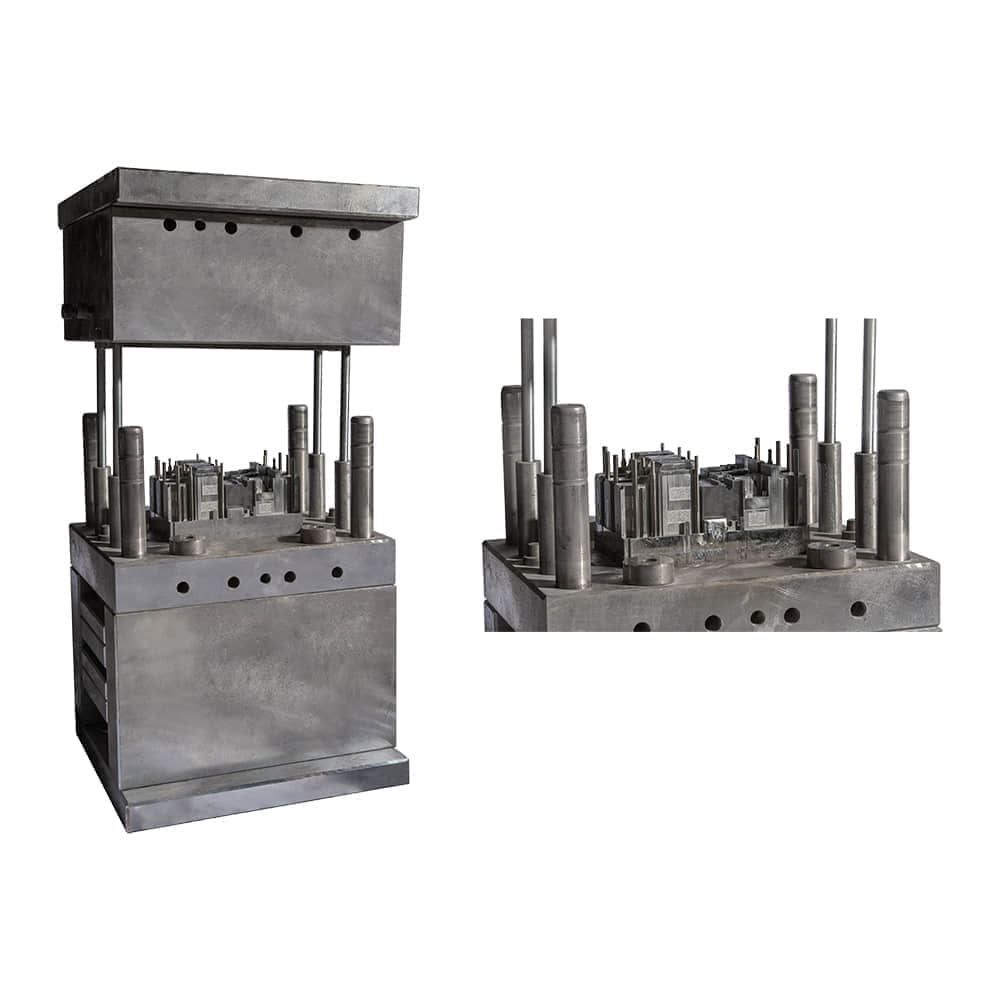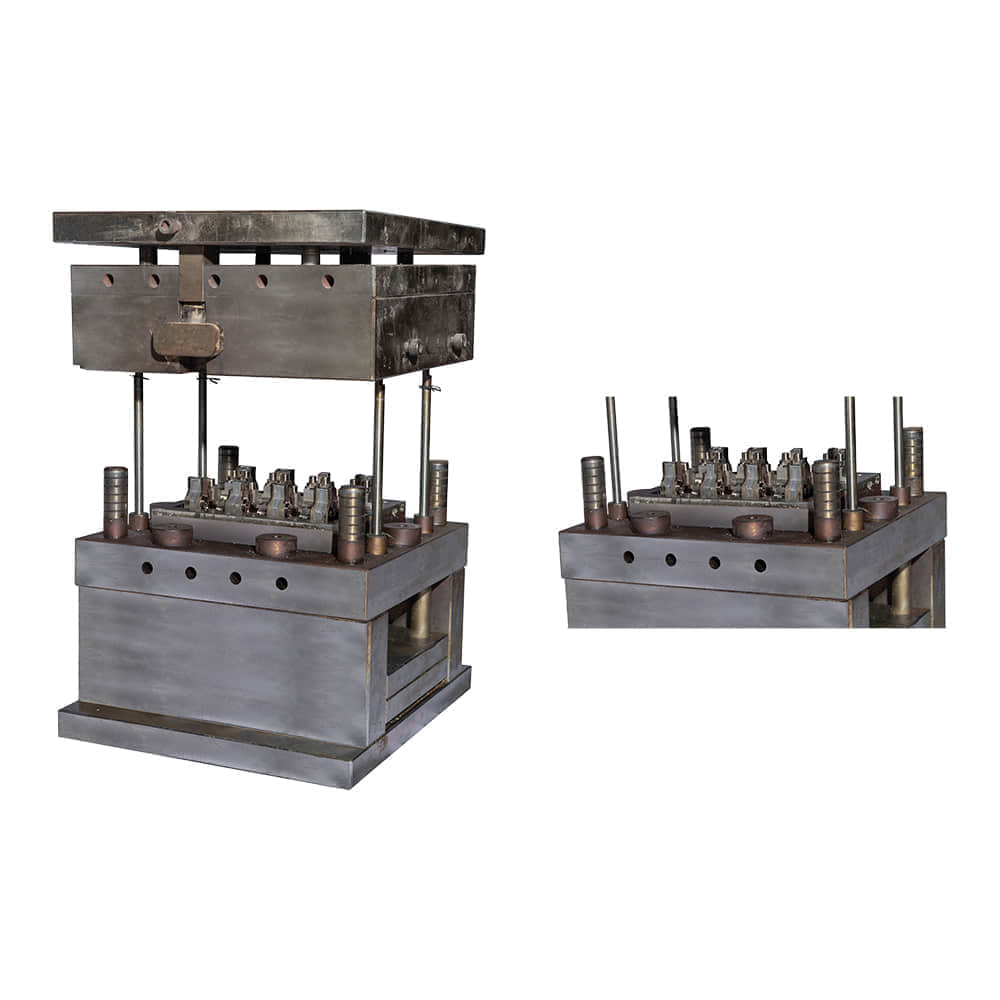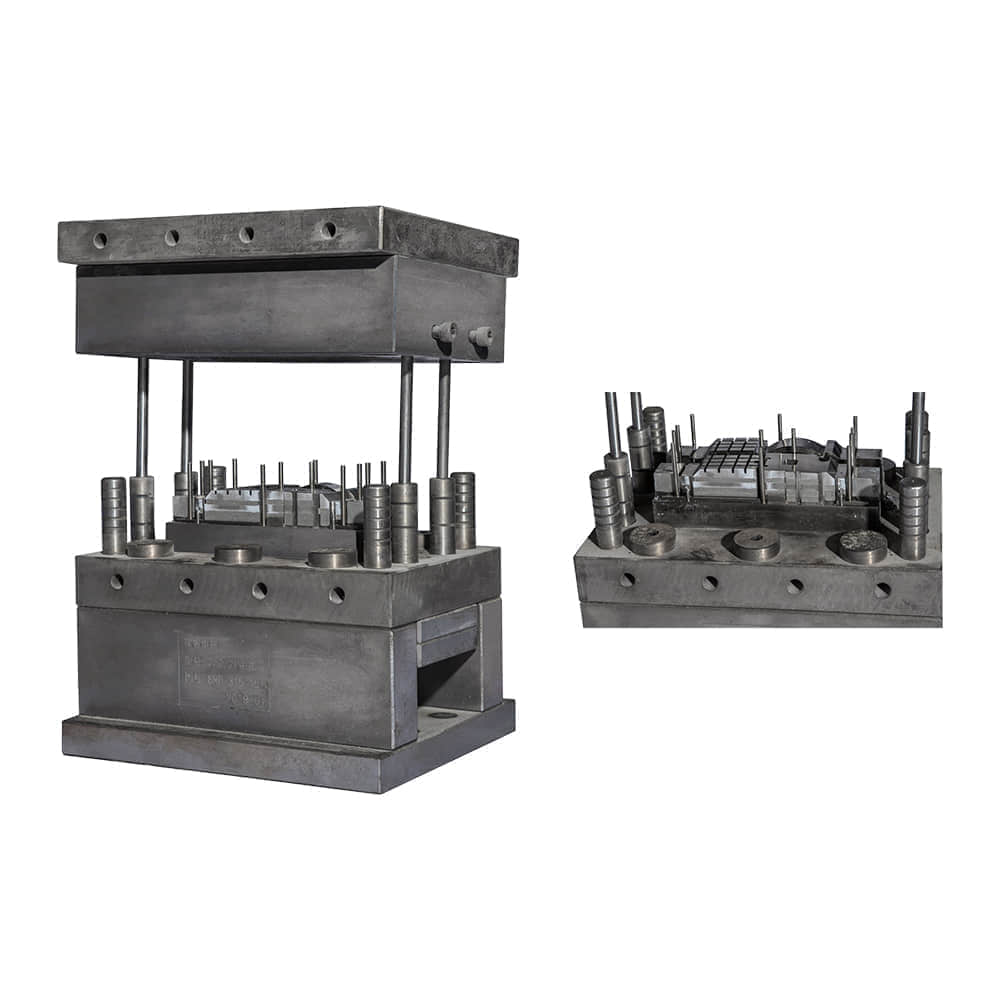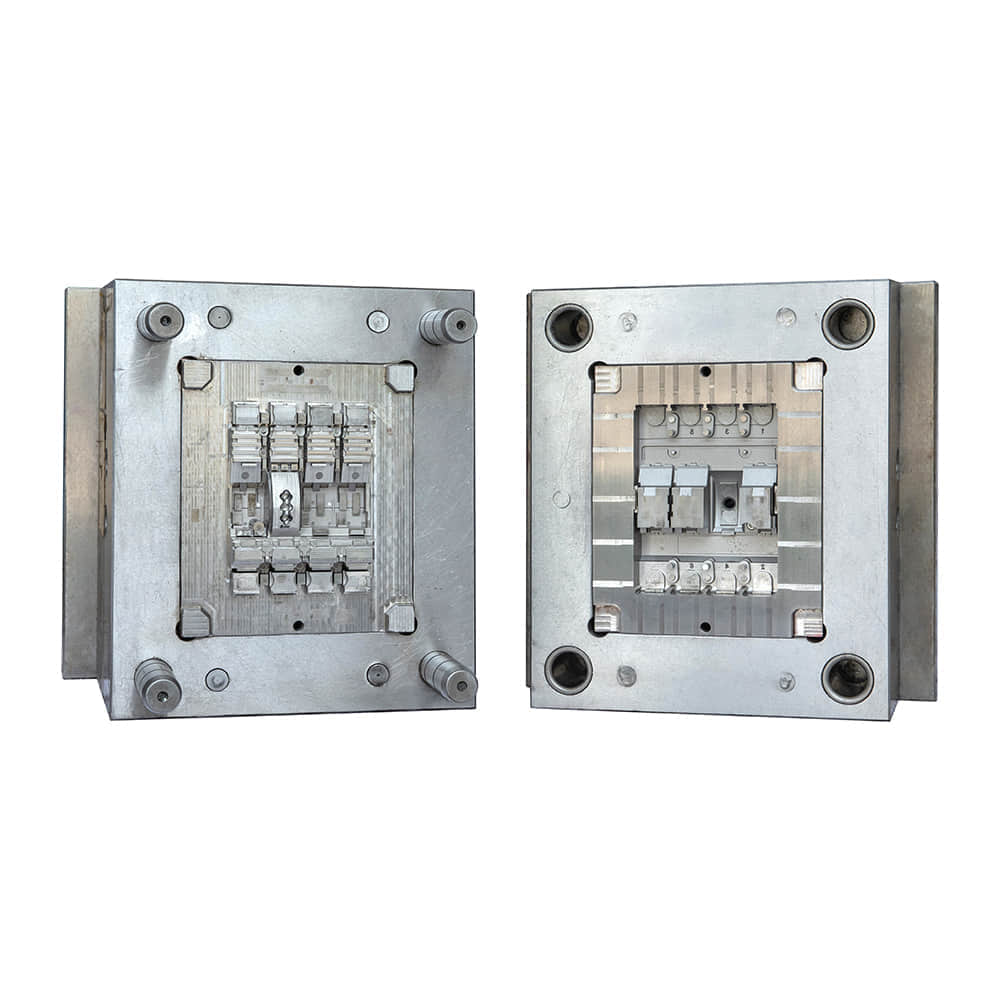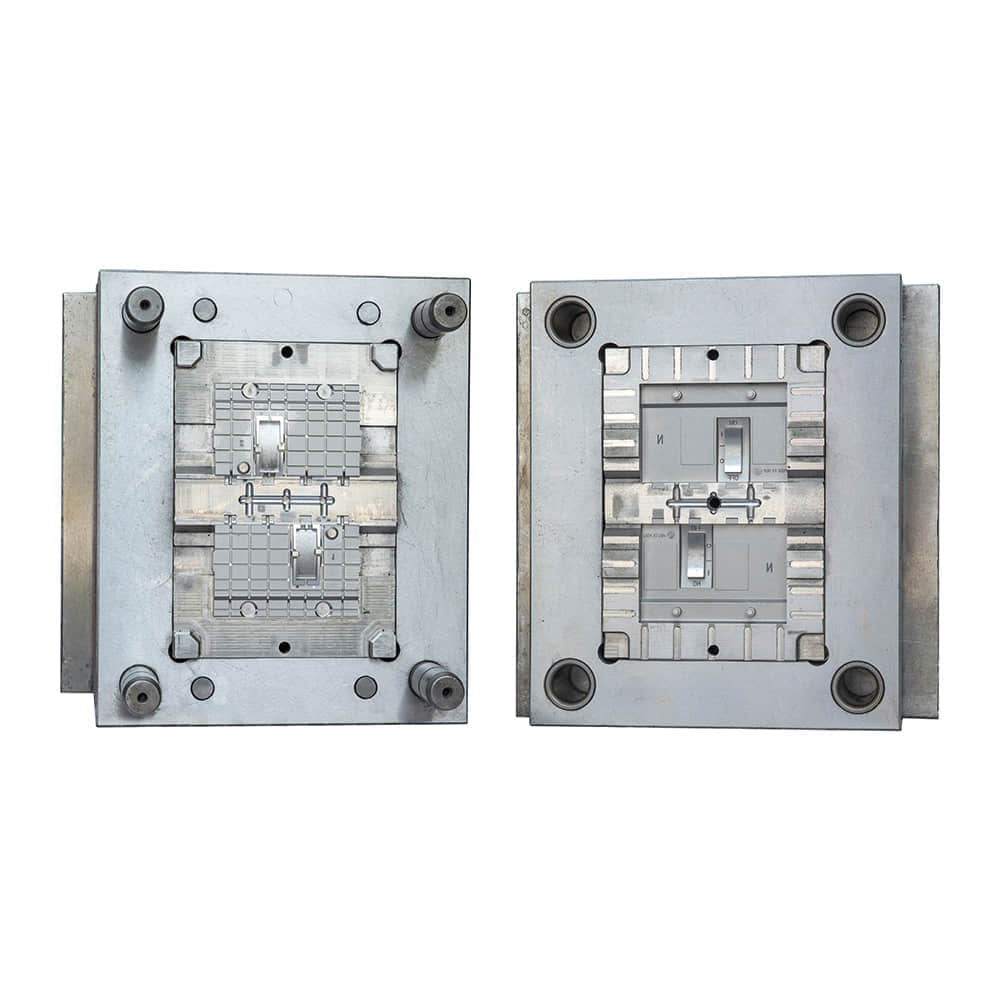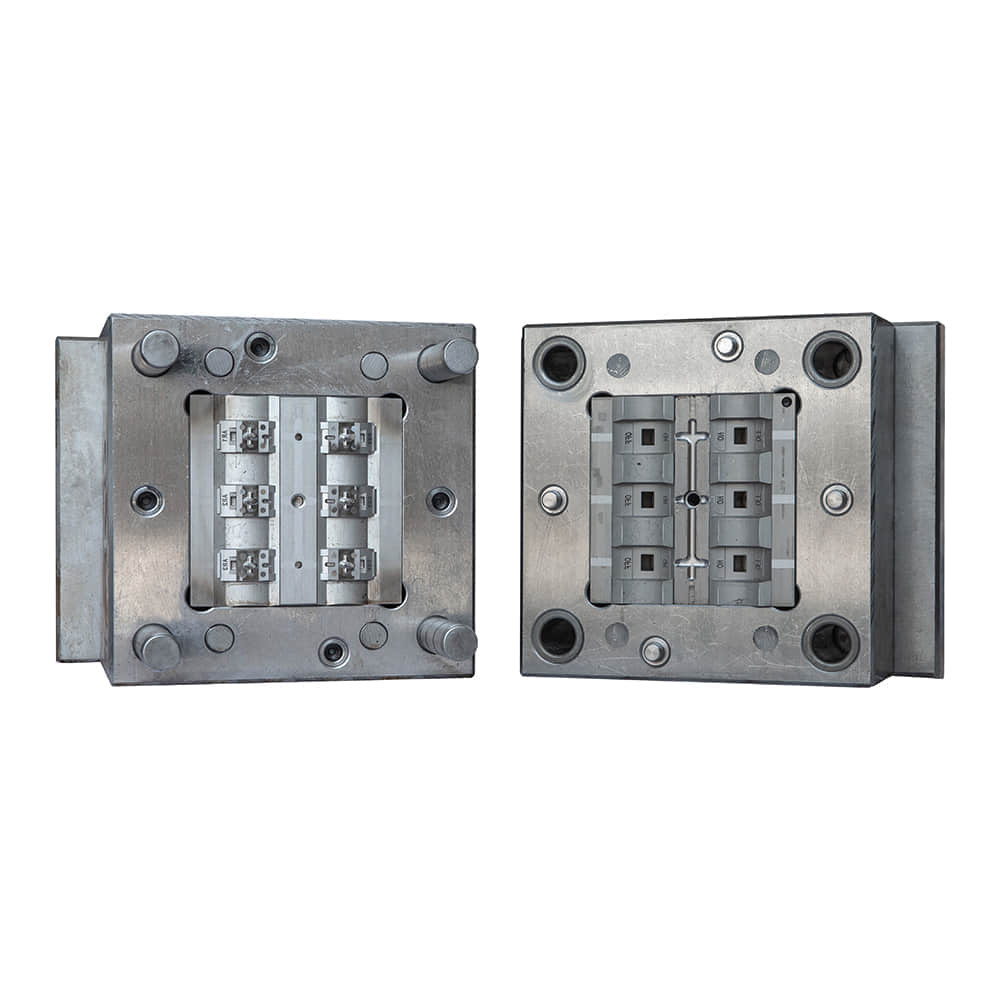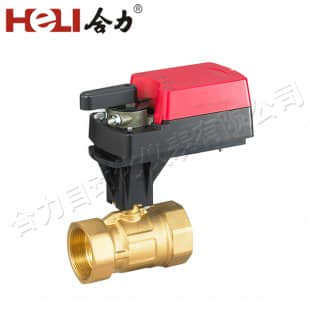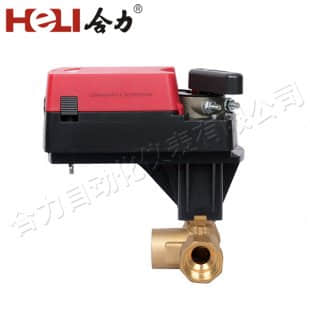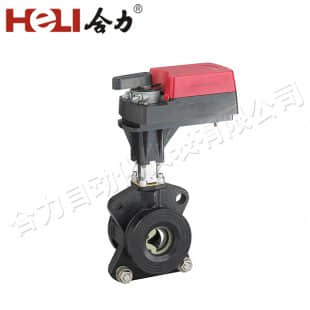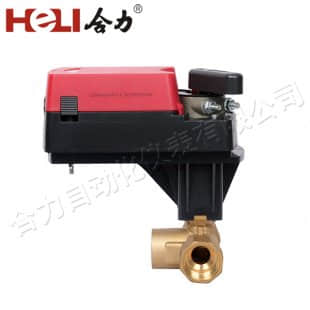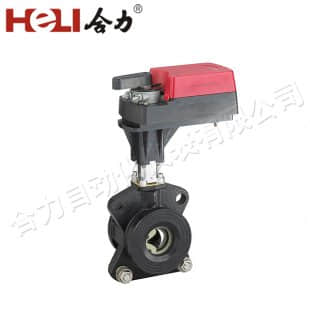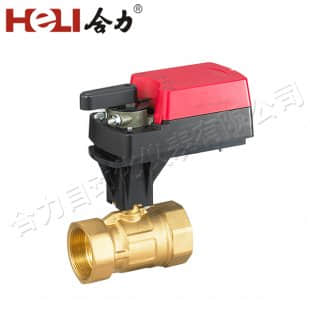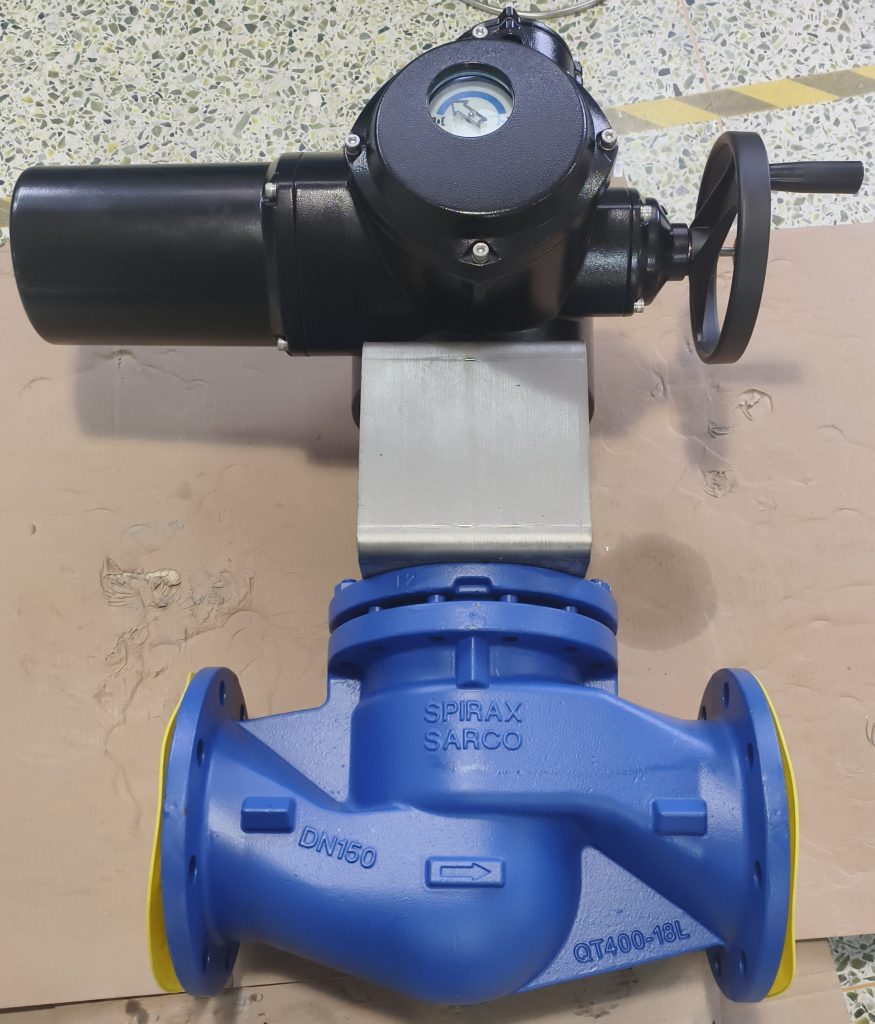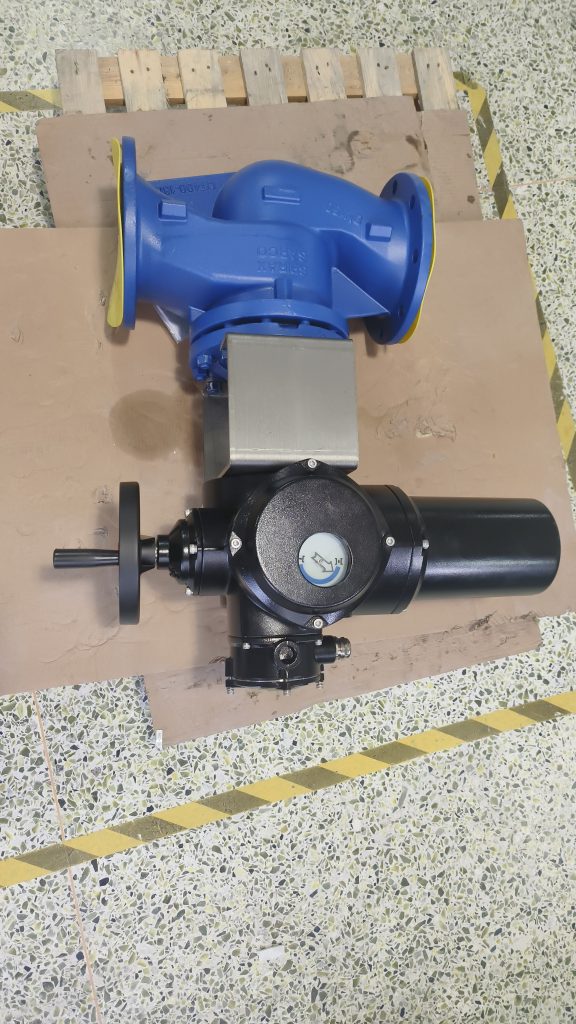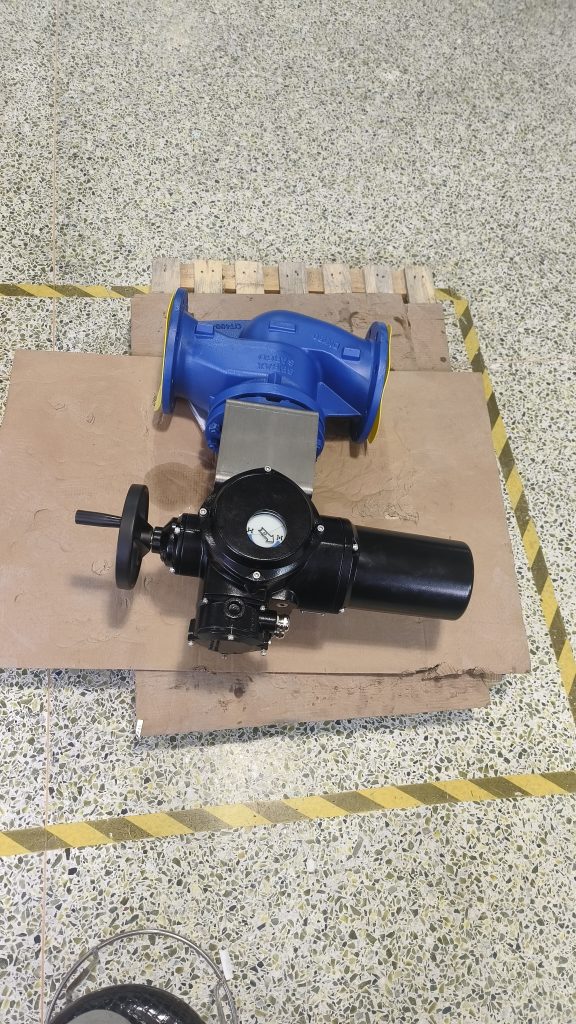The 1250 amp molded case circuit breaker (MCCB) stands as a crucial component in electrical systems, offering robust protection against overcurrents and potential damage to equipment. Its significance lies in its ability to monitor and control the flow of electricity, ensuring the safety and reliability of power distribution networks.
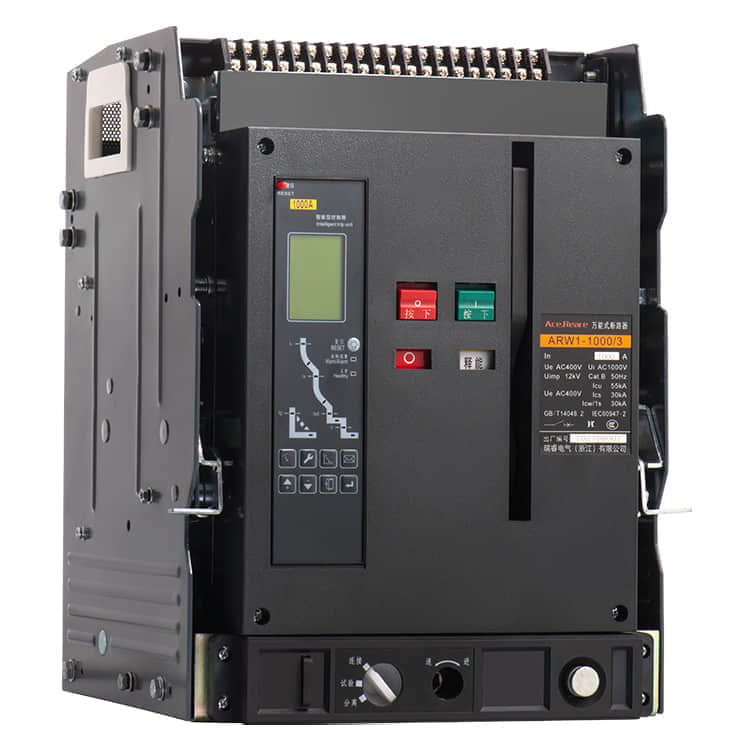
The core function of the 1250 amp MCCB is to detect and interrupt excessive current flow within a circuit. When the current exceeds the breaker’s rated capacity, it automatically trips, disconnecting the faulty section of the circuit to prevent damage to wires, appliances, and other electrical components. This feature is particularly vital in industrial and commercial settings, where high-power equipment and machinery are in constant use.
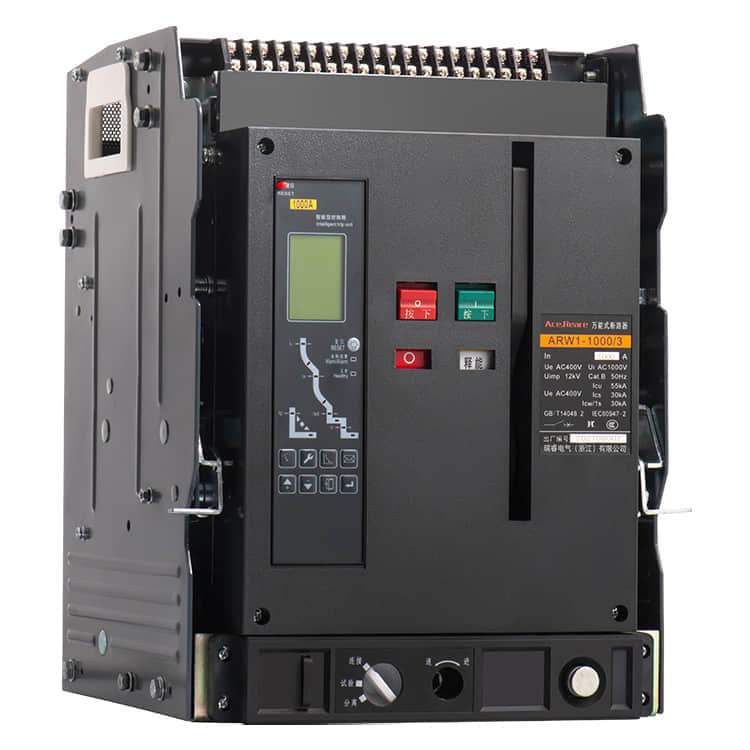
The 1250 amp rating of the MCCB signifies its capacity to handle significant electrical loads. This high-capacity breaker is often employed in large-scale electrical systems, such as those found in hospitals, factories, and high-rise buildings. Its ability to withstand heavy electrical loads ensures the smooth and uninterrupted operation of these complex systems. Moreover, the 1250 amp MCCB offers superior protection against short circuits and ground faults. In the event of such faults, the breaker quickly responds, disconnecting the faulty circuit to minimize the risk of fire or electrocution. This rapid response time is crucial in preventing the spread of damage and minimizing downtime in critical electrical systems.
